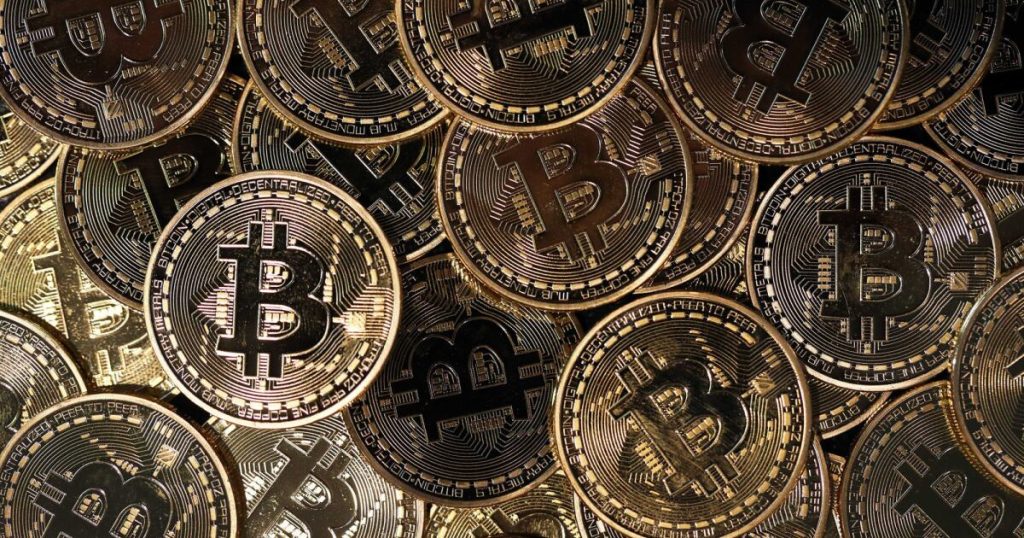Chris Ratcliffe/Bloomberg
Last July, at the Bitcoin 2024 conference in Nashville,
Before defending an SBR from some typical criticisms, let me concede that I agree with two objections. First, the government shouldn’t be acting as a hedge fund manager with taxpayer dollars. If we set a precedent with an SBR, that might grease the wheels for lobbyists to get Washington to establish a broader sovereign wealth fund in which it buys all sorts of equities and debt instruments. This would create an awfully slippery slope and give the government even more leverage over asset markets.
Another valid objection is that even if bitcoin enjoys another decade of tremendous price gains, the only way it can pay down the federal debt — as many boosters of the SBR tout — is for the administrators of the SBR to eventually sell off a large chunk of it. But in light of the “
So, although I think the establishment of an SBR is a promising idea, we would definitely have to proceed with caution, being candid about the potential for abuse and the unavoidably political nature of its operation. To mitigate future conflict and feelings of a bait and switch, it would be wise to agree upfront on the rules governing the accumulation and eventual sales of any bitcoins held in a government reserve.
Now that I’ve addressed two legitimate objections, let’s move to two of the misguided ones. One popular line of argument runs like this: It doesn’t even make sense to claim that a stockpile of bitcoin can strengthen the dollar. Since 1971, the U.S. dollar is a pure fiat currency; it’s not “backed up” by anything.
It’s true, the plans for an SBR do not envision making the U.S. dollar redeemable in bitcoins. Yet even so, if the Federal Reserve had access to a stockpile of bitcoin, it would have much tighter control over monetary policy in the coming decades.
Consider: During the rounds of quantitative easing after the 2008 financial crisis, and then the massive Federal Reserve asset purchases following the COVID lockdowns, the Fed created massive new dollar-denominated liabilities on its balance sheet. In exchange for pumping all of this “base money” into the financial markets, the Fed obtained fixed-income dollar-denominated assets, in the form of Treasuries and mortgage-backed securities.
Because the Fed’s assets were purchased when interest rates were at rock-bottom levels, it had exposed itself to interest rate risk. When the Fed began aggressively raising rates, it suffered massive (unrealized) capital losses. According to
These considerations show why it makes sense for the Fed to obtain access to bitcoin holdings. Just as central banks hold “foreign exchange reserves” denominated in other currencies and gold, it provides an excellent hedge for the Fed to have exposure to an asset that will almost certainly appreciate against the world’s major fiat currencies, including the USD. The ability to sell off bitcoin (for more than its purchase price) gives the Fed the means to unwind earlier open market operations and suck dollars out of the system.
Finally, some critics of an SBR asked sarcastically, OK, if it’s a good idea for the feds to buy bitcoin, why stop there? Why not have them buy dogecoin? It’s outperformed bitcoin, so wouldn’t it be even better to stockpile DOGE?
Although I can appreciate the spirit of this tongue-in-cheek critique, the response is that the numbers just aren’t in the same ballpark. As of Monday, BTC has a market cap of about $2.1 trillion. DOGE, by contrast, has a cap of about $47.6 billion. Since the release of
In contrast, DOGE was founded in late 2013 and
When critics claim that “DOGE has outperformed BTC,” they are restricting the analysis to the period since dogecoin’s launch. But it is not true that DOGE has outperformed BTC on an annualized basis if you compare the entire histories of both coins.
Specifically, using a historical price series of
Digital “currencies” are here to stay, and it makes sense for institutional asset managers — including central banks — to begin acquiring stockpiles of this new asset class. For several reasons, including the security of the network, it makes sense for them to start with the pioneer that launched the class, bitcoin.

